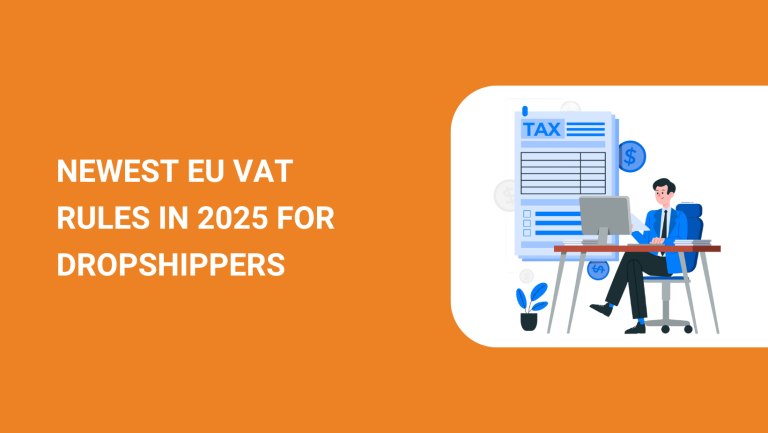The European Union continues to update its VAT regulations to streamline eCommerce taxation and close loopholes in cross-border sales.
New VAT rules in 2025 will bring important changes for dropshippers selling to EU customers (B2C).
What do these changes mean for your business? Will they simplify tax compliance or add new challenges? More importantly, will they increase costs for eCommerce sellers?
In this guide, we’ll break down the latest EU VAT rules for 2025, how they impact dropshipping, and the steps you need to take to stay compliant while keeping your business profitable.
Let’s dive in!
What Is EU VAT?
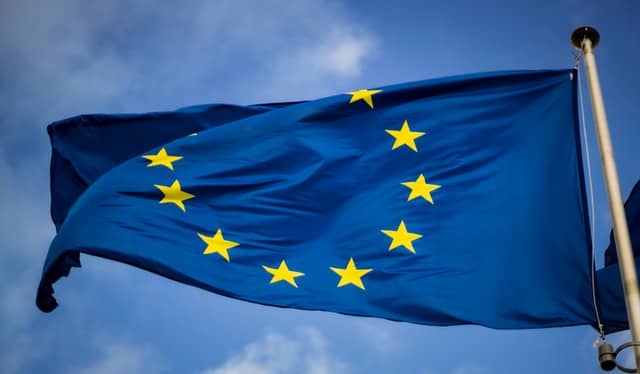
VAT (Value-Added Tax) is a consumption tax applied at each stage of production and distribution within the European Union. It exists in all EU member states and is ultimately paid by the end consumer.
But what does “value-added” mean? Essentially, VAT is charged whenever a product increases in value as it moves through the supply chain. Let’s break it down with a simple example:
How VAT Works in the EU
Imagine a 100% cotton T-shirt is being produced and sold within the EU:
The Raw Material Supplier:
- A cotton supplier sells raw cotton to a T-shirt manufacturer for €0.50.
- VAT is 10% (for example), so the supplier charges an additional €0.05.
- The manufacturer pays €0.55 in total.
- The supplier keeps €0.50 and remits €0.05 to the government.
The Manufacturer:
- The manufacturer turns the cotton into a plain T-shirt and sells it to a retailer for €1.00.
- With 10% VAT, the total price becomes €1.10.
- The manufacturer keeps €1.05 (reimbursing the €0.05 VAT already paid) and remits €0.05 to the government.
The Retailer:
- The retailer prints a design on the T-shirt and sells it to a consumer for €3.00.
- With 10% VAT, the final price is €3.30.
- The retailer keeps €3.10 (after reclaiming €0.10 in VAT from the previous transaction) and pays €0.20 to the government.
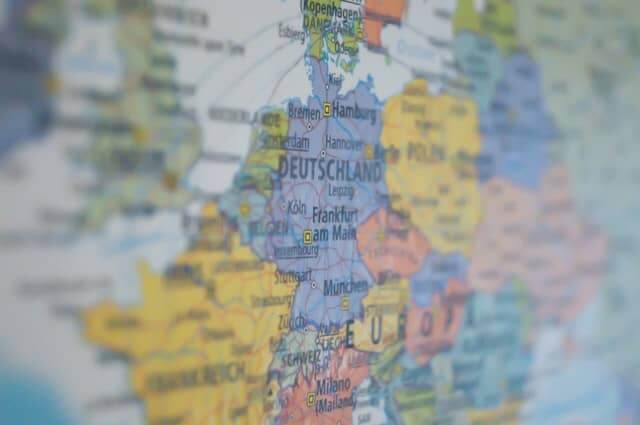
Key Takeaways:
- VAT is collected at each stage of the supply chain, but only the value-added portion is taxed.
- The government ultimately receives VAT at every stage, but the final consumer bears the full tax burden.
- This system enhances transparency, minimizes tax evasion, and ensures fair pricing across the EU market.
Key Updates to EU VAT Rules in 2025
The European Union has introduced several VAT regulation changes in 2025, significantly affecting dropshippers and e-commerce businesses selling to EU customers. These updates aim to simplify tax compliance, close loopholes, and create a fairer market.
1. Expanded Import One Stop Shop (IOSS) for Distance Sales
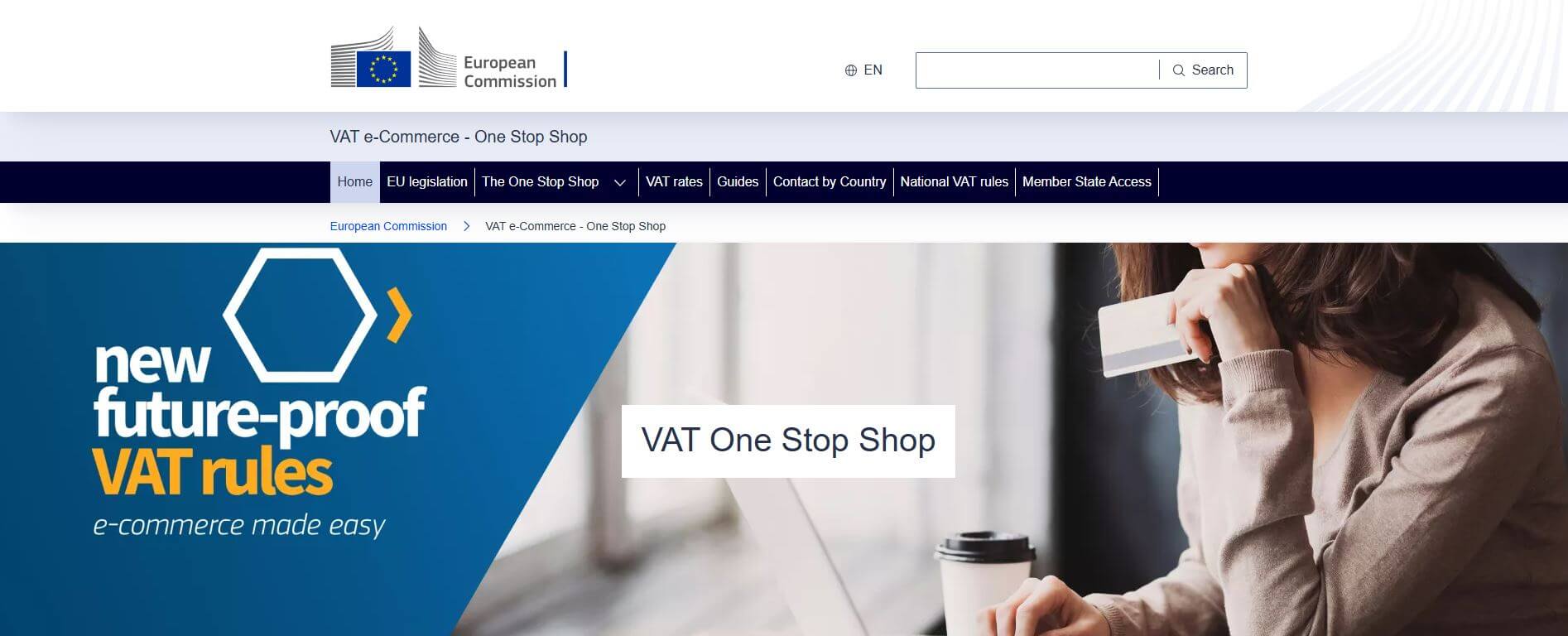
The EU is removing the €150 threshold for the Import One Stop Shop (IOSS), which was previously limited to consignments below this value. This means all distance sales of imported goods can now be processed through IOSS, making VAT collection more straightforward for non-EU sellers.
2. End of the €150 Customs Duty Exemption
Currently, goods valued under €150 are exempt from customs duties, leading to unfair competition and potential tax fraud. In 2025, this exemption will be removed, ensuring that all imported goods are subject to proper duties, bringing non-EU sellers in line with EU-based businesses.
3. Mandatory E-Invoicing
To improve VAT reporting, the EU is allowing Member States to enforce mandatory e-invoicing for domestic B2B and B2C transactions. Unlike before, prior approval from the European Commission is no longer required, allowing faster adoption of digital invoicing.
4. VAT Rate Adjustments in Certain Countries
Several EU countries have revised their VAT rates for 2025. For example:
- Slovakia has raised its standard VAT rate from 20% to 23%.
- Finland has increased VAT on books from 10% to 14% while lowering the rate on baby diapers from 25.5% to 14%.
These changes impact pricing, so dropshippers should stay updated on local tax rates.
5. Alignment with New EU VAT Directives
Member States have incorporated new provisions from Council Directive (EU) 2020/285, modernizing VAT rules for cross-border transactions. These updates aim to streamline compliance and reduce administrative burdens for businesses operating across the EU.
How These Changes Affect Dropshippers
With the removal of VAT and customs duty exemptions, dropshipping to the EU will require more careful tax planning. Sellers using platforms like Shopify or marketplaces like Etsy must ensure compliance with the new rules to avoid unexpected costs.
Who Will Be Most Affected by the Changed EU VAT Rules?
The 2025 VAT updates will impact a wide range of businesses, but certain groups will feel the effects more than others.
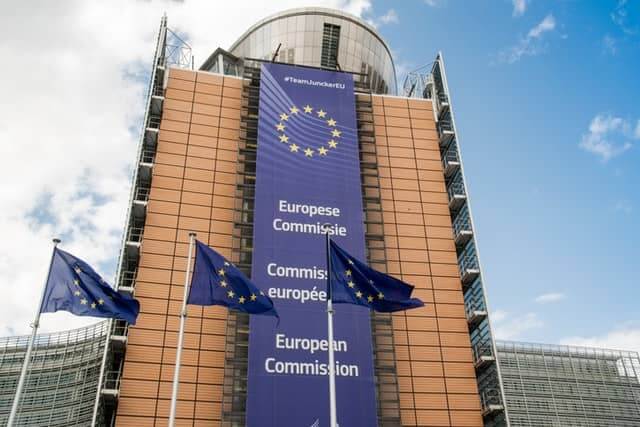
1. Non-EU Dropshippers and E-Commerce Sellers
Dropshippers and online sellers outside the EU – especially those sourcing products from China or other third countries will face higher costs due to:
- The removal of the €150 customs duty exemption, which means all imported goods will be subject to customs duties.
- The need to register for IOSS to streamline VAT collection, or risk customers paying VAT upon delivery, which can hurt sales.
2. EU-Based E-Commerce Businesses
While these changes aim to create a level playing field, EU-based sellers must still adapt to:
- VAT rate adjustments across different Member States, affecting pricing strategies.
- Mandatory e-invoicing, requiring digital record-keeping and potential software upgrades.
3. Marketplaces and Fulfillment Services
Online marketplaces (like Amazon and Etsy) and fulfillment services (such as 3PL providers) must comply with new VAT reporting obligations.
These platforms may pass additional compliance costs onto sellers, increasing operational expenses.
4. Customers in the EU
While businesses bear the compliance burden, consumers may see price increases, especially for imported goods. With customs duties now applied across the board, previously duty-free products under €150 will become more expensive.
How to Stay Compliant
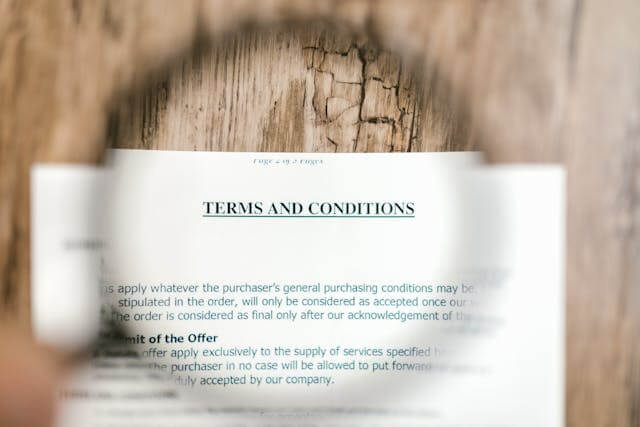
Adapting to these VAT changes will require proactive planning. Dropshippers should:
- Register for IOSS to simplify tax collection.
- Adjust pricing to account for new customs duties.
- Work with reliable fulfillment partners to ensure smooth EU deliveries.
EU VAT Rules (2021-2024): What Were the Standards?”
Before diving into the 2025 updates, it’s important to understand the existing EU VAT regulations that shape e-commerce and dropshipping. The last major VAT reform occurred in 2021, introducing the One Stop Shop (OSS) and Import One Stop Shop (IOSS) to simplify VAT compliance for businesses selling to EU customers.
1. VAT on Distance Sales Within the EU
- Businesses selling goods across EU borders (B2C) must charge VAT at the rate of the customer’s country once their total cross-border sales exceed €10,000 per year.
- To simplify tax reporting, sellers can use the OSS system, allowing them to declare and pay VAT for all EU sales through a single tax portal.
2. VAT on Imports from Outside the EU

- Previously, imports valued under €22 were VAT-exempt, but this exemption was abolished in 2021 to prevent fraud.
- Now, businesses must charge VAT on all goods, and the IOSS scheme was introduced to allow sellers to collect and remit VAT upfront for orders under €150.
- For goods above €150, standard import VAT and customs duties apply, requiring buyers or customs brokers to handle VAT payment upon delivery.
3. Online Marketplaces and VAT Liability
- Marketplaces like Amazon, eBay, and Etsy became responsible for collecting and remitting VAT on behalf of third-party sellers when goods are sold within or imported into the EU.
- This means many sellers no longer handle VAT directly, but they must still comply with marketplace tax rules.
4. VAT Registration for Non-EU Sellers
- Non-EU businesses selling in the EU must register for VAT in at least one Member State to comply with tax regulations.
- Companies using IOSS or OSS can avoid multiple VAT registrations, simplifying tax reporting for cross-border sales.
These VAT rules laid the foundation for e-commerce taxation in the EU, but the 2025 updates introduce further changes that impact dropshippers and online sellers that we discussed earlier in the article. Understanding both the old and new regulations is key to ensuring compliance and avoiding unexpected costs.
What Is OSS & IOSS and How Does it Affect Dropshippers?
To simplify VAT compliance for e-commerce businesses, the EU introduced two key systems: the One Stop Shop (OSS) and the Import One Stop Shop (IOSS). These mechanisms streamline VAT registration and reporting, reducing the administrative burden for businesses selling to EU customers.
One Stop Shop (OSS)

The OSS is a centralized VAT system that allows businesses selling goods or services to consumers in multiple EU countries to report and pay VAT through a single registration, instead of registering for VAT in each individual country.
How it works:
- Instead of registering for VAT separately in each EU country where you sell, you can register for OSS in just one member state.
- You charge the VAT rate of the customer’s country at checkout and report it through the OSS portal.
- The tax authorities then distribute the VAT to the appropriate EU countries.
For dropshippers, OSS eliminates the complexity of VAT registration in multiple countries and ensures compliance with EU tax regulations without excessive paperwork.
Import One Stop Shop (IOSS)
IOSS is specifically designed for businesses importing goods into the EU and selling them directly to consumers. It was initially limited to consignments valued at €150 or less, but under the new 2025 VAT rules, this threshold may be removed.
How it works:
- When using IOSS, VAT is collected at the point of sale instead of being charged upon import.
- The seller declares and remits the VAT through a single IOSS registration.
- This simplifies customs procedures, leading to faster deliveries and a better customer experience.
For dropshippers sourcing products from outside the EU, IOSS provides an easier way to handle VAT on imported goods. However, with potential changes removing the €150 exemption, all imported goods may now be subject to VAT, impacting pricing and margins.
How Does OSS & IOSS Affect Dropshippers?
- OSS makes VAT reporting easier if you sell to multiple EU countries.
- IOSS streamlines VAT collection on imports, ensuring smooth customs clearance.
- Changes in 2025 could mean higher costs for non-EU sellers as VAT will apply to all imports, regardless of value.
Dropshippers should assess whether OSS or IOSS registration is beneficial for their business and adjust pricing strategies to accommodate VAT costs.
Do Dropshippers Need to Charge and Pay VAT?

Yes, dropshippers selling to EU customers must charge and pay VAT, regardless of whether they are based inside or outside the EU. The new VAT rules ensure that all e-commerce businesses, including dropshippers, comply with VAT regulations when selling to consumers in EU member states.
For EU-Based Dropshippers
If your dropshipping business is based in the EU and you sell to customers in multiple EU countries, you must charge VAT based on the customer’s country. To simplify reporting, you can register for the One Stop Shop (OSS) system, which allows you to file a single VAT return covering all your EU sales.
How it works:
- You charge VAT at the rate applicable in the customer’s country.
- You report and pay VAT through the OSS portal in your home country.
- The tax authorities then distribute the VAT to the appropriate member states.
This system removes the need to register for VAT separately in each EU country where you sell.
For Non-EU Dropshippers
If you are a non-EU dropshipper selling to EU customers, you must still collect and pay VAT. You will need to register for Import One Stop Shop (IOSS) in an EU member state of your choice. Many non-EU businesses choose Ireland due to its English-friendly tax registration process.
How it works:
- You register for IOSS in a single EU country.
- You collect VAT at the time of sale and report it via IOSS.
- The VAT is then distributed to the relevant EU tax authorities.
Previously, IOSS applied only to orders under €150, but under the 2025 VAT changes, this threshold may be removed, meaning VAT will apply to all imported goods regardless of value.
FAQs
In What EU Country To Register for OSS?
If you are an EU-based dropshipper, you should register for OSS in the country where your business is legally established. This will serve as your central point for reporting and paying VAT on cross-border B2C sales within the EU.
If you are a non-EU seller, OSS does not apply to you. Instead, you may need to register for IOSS in an EU country of your choice if you are handling VAT on imported goods.
How Long Should I Keep VAT Records?
The EU requires businesses to keep VAT-related records for at least 10 years. This applies to both OSS and IOSS registrants. These records should be easily accessible in case of audits by tax authorities.
How to Keep Customers with the New EU VAT Rules?
With VAT now applied more consistently across all e-commerce sales, pricing transparency is key. Here’s how to maintain customer trust:
- Include VAT in your pricing to avoid surprises at checkout.
- Use IOSS to streamline VAT collection, so customers don’t face unexpected customs fees.
- Clearly communicate VAT policies on product pages and during checkout.
Offering a smooth and predictable shopping experience will help retain EU customers despite tax changes.
Do I Need OSS/IOSS If I Sell to EU Customers?
Whether you need OSS or IOSS depends on where your business is based and how you sell to EU customers:
- If you are based in the EU, registering for OSS simplifies VAT reporting. Instead of registering for VAT in multiple EU countries, you can file a single VAT return in your home country for all cross-border B2C sales.
- If you are based outside the EU, you may need IOSS to manage VAT on imported goods. This allows you to collect VAT at checkout and ensure a smooth delivery process for EU customers.
- If you sell through marketplaces like Amazon, eBay, or Etsy, these platforms often handle VAT on your behalf. You may not need OSS or IOSS if the marketplace collects and remits VAT for you. However, if you also sell through your own website, IOSS registration may still be required.
Should I Register for IOSS as a Non-EU Seller with EU Customers?
Yes, registering for IOSS can simplify VAT compliance if you sell directly to EU consumers. It allows you to collect VAT at checkout and avoid your customers having to pay VAT upon delivery.
However, if you sell through platforms like Amazon, they may handle VAT for you, making IOSS registration unnecessary.
Final Words
The new EU VAT rules in 2025 bring big changes for dropshippers and e-commerce sellers.
With updates like OSS and IOSS expansion, VAT on all imports, and mandatory e-invoicing, selling to EU customers now requires more careful planning. While these rules aim to make tax collection fairer, they also mean extra steps for businesses to stay compliant.
If you’re a dropshipper, now is the time to review your pricing, VAT registration, and supply chain to avoid surprises. Staying compliant won’t just keep you out of trouble, it’ll also help you build trust with EU customers and grow your business.
Need help figuring it all out? Get in touch with us today, and we’ll guide you through the process.
